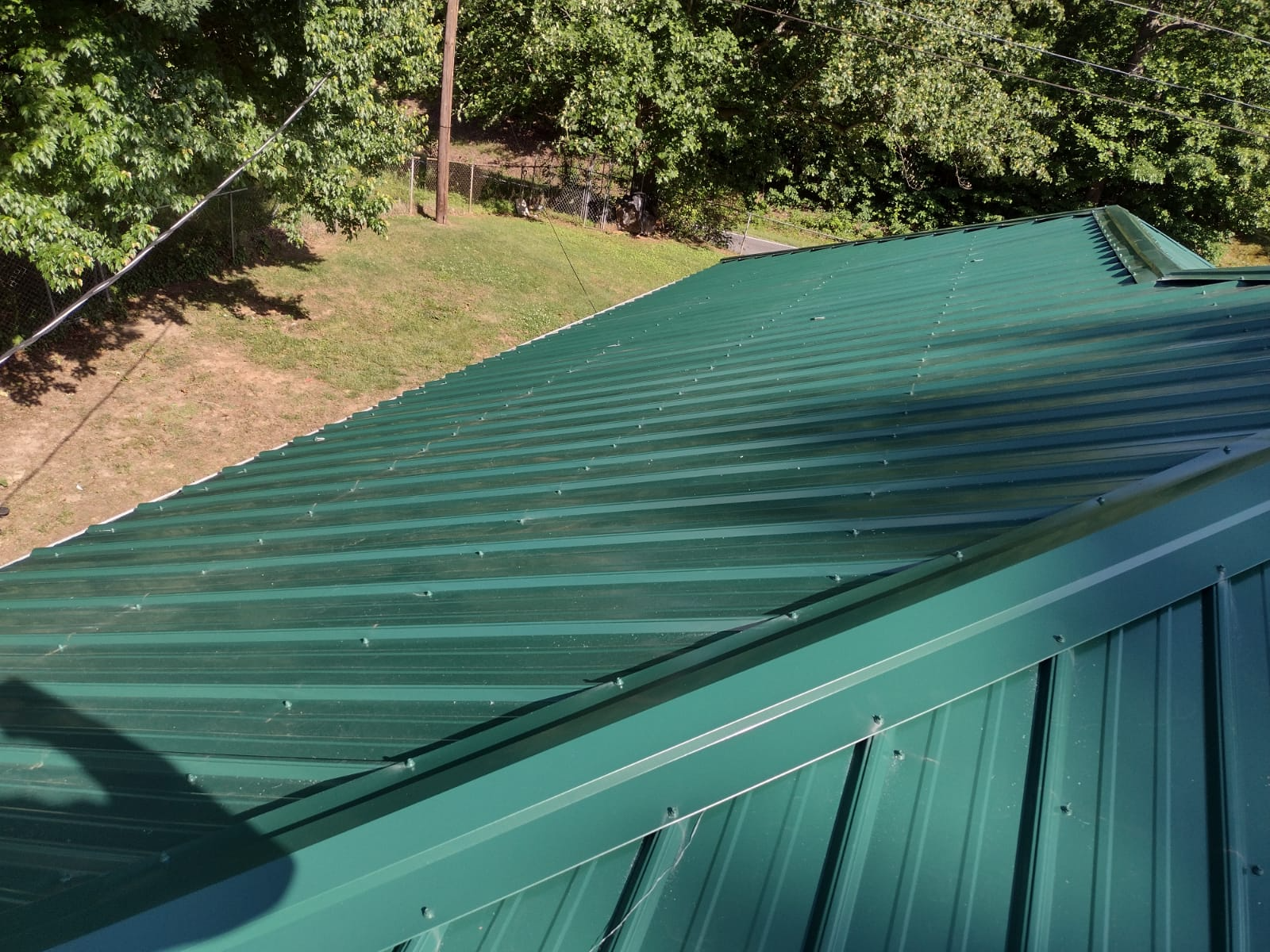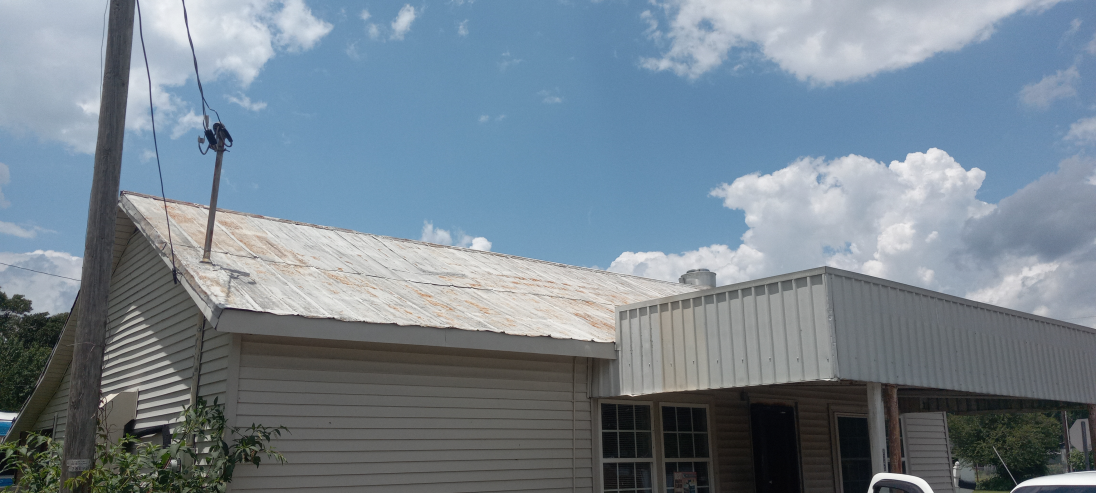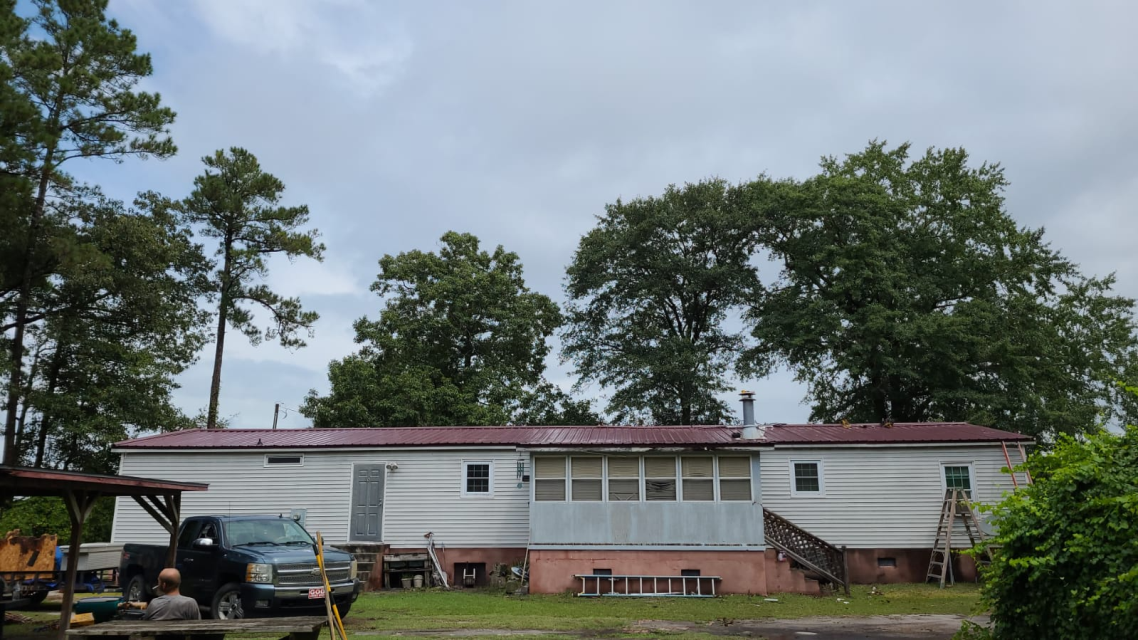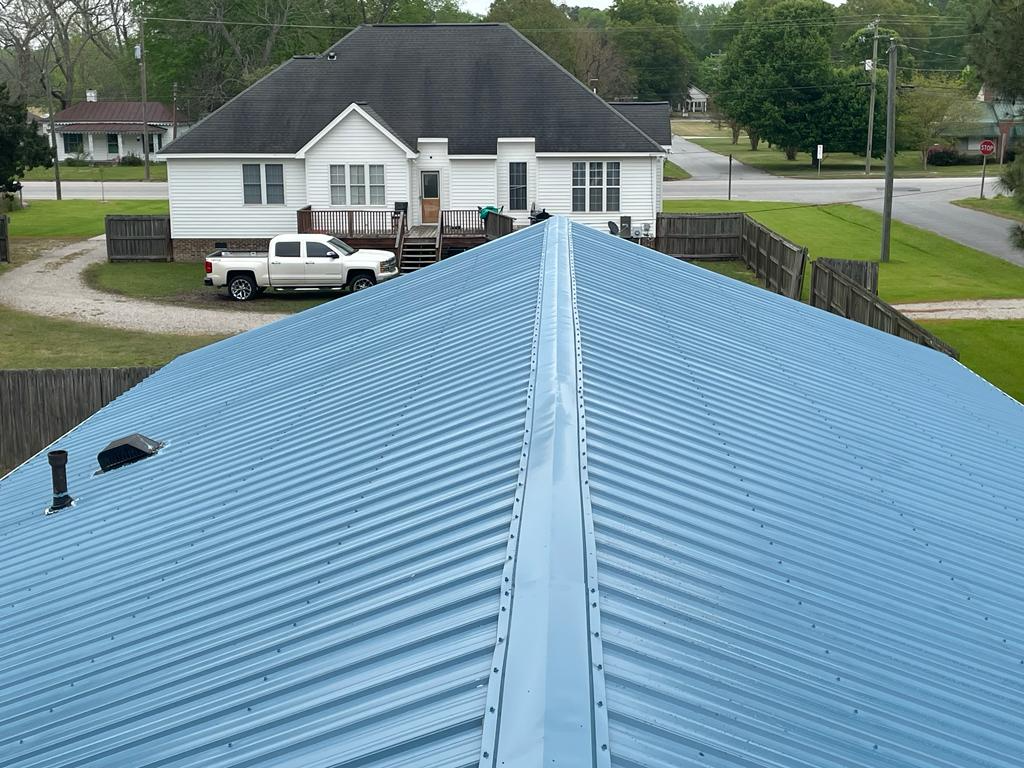Sealing a metal roof is protecting and enhancing its performance. Although metal roofs are durable, reflective, and energy-efficient by design, they aren’t immune to damage and long-term wear.
Metal roofing coatings play a pivotal role in ensuring that the inbuilt properties of your roof remain in working order, preventing damage and wear, and maintaining the energy efficiency and safety of your home environment. They also help your metal roof retain its aesthetic appeal for decades, which is nothing to scoff at.
Below is a James Kenton-inspired guide about these coatings, where we will explore different types and factors to consider, among other things. Learn more about metal roofs on Kenton’s dedicated roofing blog.
Ready? Here we go!
Types of Metal Roofing Coatings
Not all coatings are made the same. Some are better than others for your metal roof, whereas others are better, period.
· Elastomeric Coatings
Take elastomeric coatings. They are perfect for flat roofs or roofs with a low slant, which offer excellent waterproofing capabilities. These coatings expand and contract with the metal roof, meaning they help prevent cracks and other damage under extreme temperatures. Other features include UV radiation protection and water damage prevention.

· Acrylic Coatings
Thermal expansion—the movement of the metal panes during low and high-temperature bouts—is common in metal roofs. This thermal cycling can give rise to various issues, including the emergence of nail pops.
Therefore, it becomes essential to provide metal roofs with a flexible coating capable of accommodating these movements and safeguarding against damage.
Acrylic sealant is a polymer-based, fast-drying material. This coating serves multiple purposes, including enhancing a metal roof’s energy efficiency by filling gaps and providing insulation. Acrylic coatings are known for their remarkable flexibility and durability and excellent resistance to UV rays and adverse weather conditions.
· Polyurethane Coatings
Polyurethane is an organic sealant known for its hardness, flexibility, and steadfastness in inclement weather. While it protects your metal roof in extreme weather, it also deteriorates over time.
You see, organic materials return to their original form when exposed to UV radiation, and polyurethane is no exception. If you live in an area with extreme weather fluctuations, it’s better to steer clear of this coating.
· Silicone Coatings
James Kenton would much rather you choose silicone sealants if you live under harsh weather conditions. Contractors prefer this inorganic sealant due to its ease of installation, low upkeep, and weather resistance.
While it’s on the higher end, it’s a great investment because of its resistance to UV radiation. Unlike polyurethane, it doesn’t return to its original form and crumble in the long run. The material also possesses heat reflectivity and waterproofing properties.
Let’s discuss some factors that may influence your decision regarding metal roofing coatings.

Local Weather Conditions
Since your roof is in constant contact with local weather conditions, it’s important to consider them when choosing a sealant.
If you live somewhere with heavy rain or snow or get high winds more often than low winds, get a metal roofing coating with long-term UV radiation protection and/or water resistance. Match your sealant with the weather—plain and simple.
Type of Metal Roofing
As a metal roofer, James Kenton always considers the type of metal roof a client has before choosing a sealant. Some roofing materials may require specific coatings for optimal performance and durability.
Consult your roofer about the material and coating connection, especially if your roof has a bespoke roof comprised of indistinct materials. You want the sealant to last as long, if not longer, than your metal roof.
Flexibility of the Sealant
A sealant that can keep your metal sheets intact despite thermal expansion is a sealant that’s second to none. A sealant must prevent nails from popping up and make it so that the metal panels stay put.
Moreover, it should prevent gap formation, which is exactly what it sounds like and leads moisture to seep through your roof and into the house.
A flexible sealant can keep the roof intact and stuck to your housetop despite thermal expansion. Elastomeric coatings are quite flexible, but they don’t work as well on slanted roofs, so you may have to consider other options.

Coating Applications
There are three types of applications for roof coatings. The first two are brush and roller, which are similar because they involve going in the same direction for cohesion. Uniform coating becomes tricky with a brush or roller, which is where the third application method comes in.
James Kenton recommends spray equipment for coating application because it ensures an even coating across the surface, and the person doing the job doesn’t have to worry about spraying in one direction. They also don’t have to dip their brush and roller in the sealant again once it runs dry.
The Right Contractor
Applying metal roofing coatings requires expertise. You can have the right coating for your roof; it wouldn’t make a difference if you let an amateur perform the application. Know the qualities to look for in a roofing contractor to ensure a successful and long-lasting installation.
Don’t know where to begin? Let James Kenton help you with that. An independent contractor for over 30 years, Kenton knows all there is to know about metal roofs, sealants, and more. He has traveled across the country and installed, repaired, and retrofitted several roofs.
Follow the roofer on Facebook to get better acquainted with metal roofing, sealants, and more.
